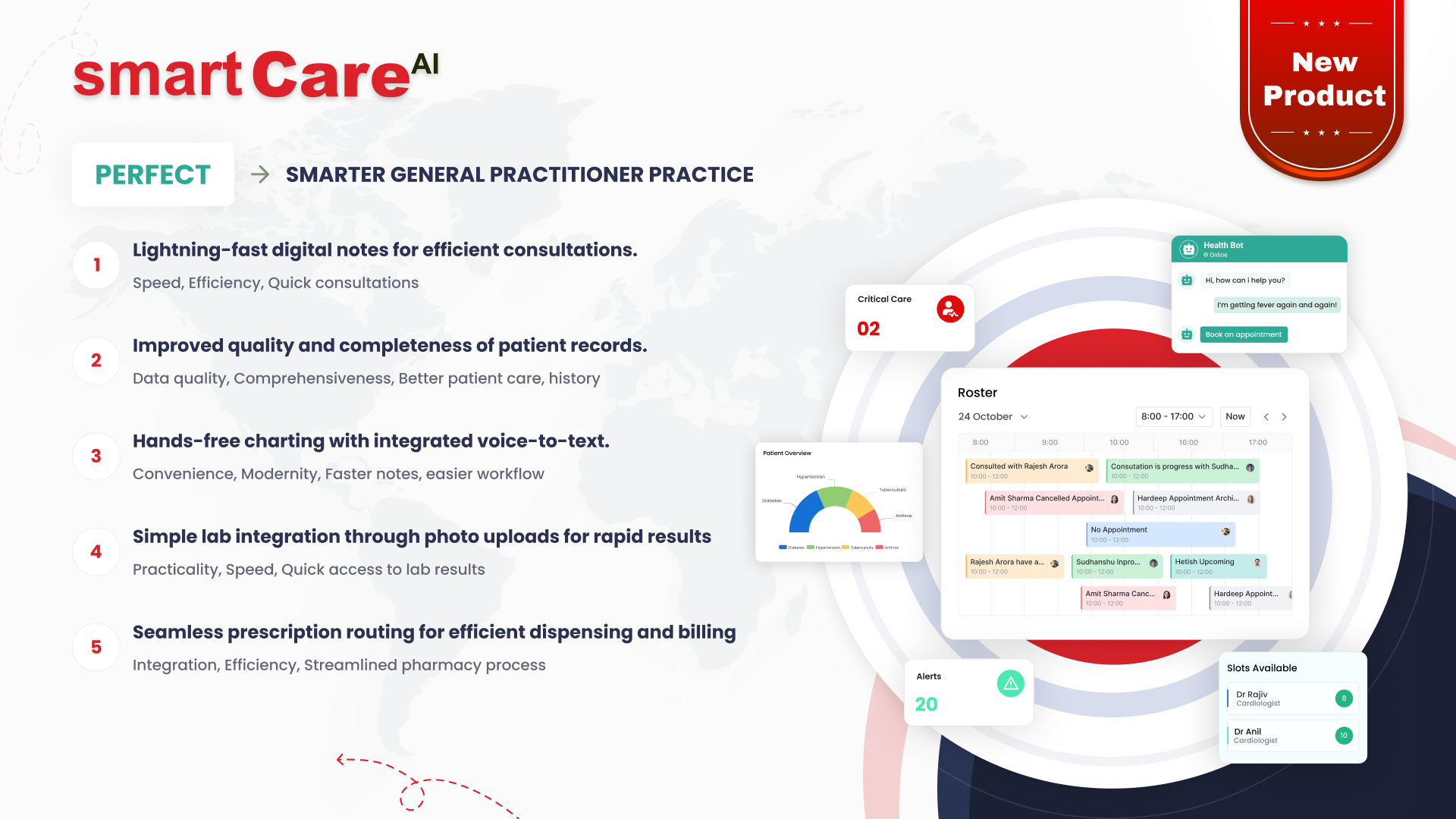
Posted On November 14, 2025
CI/CD Best Practices Every Software Team Should Follow in 2025
As software development continues to evolve rapidly, Continuous Integration and Continuous Delivery (CI/CD) remain essential for delivering high-quality applications. In 2025, teams are expected to move faster, maintain higher reliability, and adopt more automation than ever before. Below are key CI/CD best practices that every software team should follow to stay efficient and competitive.
Why CI/CD Is More Important Than Ever in 2025
Modern software users expect frequent updates, quick fixes, and stable performance. This pressure makes CI/CD crucial because it helps teams release changes safely and consistently. With increasing demand for cloud-native apps and AI-driven solutions, having a strong CI/CD pipeline ensures that development and deployment remain smooth, even as systems grow more complex.
What It Means for Teams:
-
Faster delivery of features
-
Fewer manual errors
-
Greater confidence in production releases
Establishing a Reliable Pipeline: Build, Test, Deploy
A robust pipeline forms the foundation of CI/CD. Every code change should trigger automated builds, tests, and deployments to ensure reliability. A well-structured pipeline keeps the process predictable and reduces the risk of surprises during release.
Key Points to Consider:
-
Use a consistent pipeline structure for all projects.
-
Maintain a clean build environment for accuracy.
-
Ensure deployment steps are repeatable and documented.
A reliable pipeline allows teams to focus more on innovation rather than troubleshooting process issues.
Automate Testing Early and Often
Automated testing is the backbone of CI/CD. In 2025, software teams must integrate testing at every stage, from unit tests to integration tests and even UI tests. The earlier issues are discovered, the less expensive and time-consuming they are to fix.
Effective Approaches Include:
-
Writing unit tests for all critical components
-
Running automated tests every time code is pushed
-
Using parallel testing to speed up feedback
This approach helps ensure that each new change meets quality standards before it reaches production.
Use Version Control for Everything — Including Infrastructure
Version control systems such as Git are essential for tracking code changes. In 2025, teams should go beyond source code and version everything: infrastructure, configuration files, scripts, and deployment definitions.
Why This Matters:
-
Keeps the entire system transparent
-
Makes rollbacks easier and safer
-
Supports Infrastructure as Code (IaC) practices
Versioning everything helps teams maintain consistency across environments and improves collaboration.
Implement Security Checks in Your Pipeline (Shift-Left Security)
Security can no longer be an afterthought. With rising cybersecurity threats, integrating security checks directly into the CI/CD pipeline is critical. Known as “shift-left security”, this approach identifies risks early in development.
Security Best Practices:
-
Run static code analysis during builds
-
Perform dependency vulnerability scanning
-
Apply security checks automatically before deployment
Embedding security into the pipeline helps prevent vulnerabilities from reaching production and boosts long-term system reliability.
Keep Feedback Loops Short with Fast Builds
A slow pipeline delays feedback and slows down development. In CI/CD, speed matters because developers need rapid insights into whether their code is functioning correctly.
How to Improve Build Speed:
-
Break large pipelines into smaller, parallelised steps.
-
Remove unnecessary dependencies that slow down the process.
-
Use caching to avoid rebuilding components every time.
Shorter feedback loops help teams catch issues early, reduce rework, and maintain a steady development rhythm.
Use Feature Flags to Reduce Risk During Deployment
Feature flags allow teams to deploy new code without making it immediately visible to all users. This approach is extremely useful for managing risk, especially in large systems.
Benefits of Using Feature Flags:
-
Teams can test features with a small user group before full rollout.
-
Rollbacks become simpler because you can disable features without redeploying code.
-
Deployment and feature releases are decoupled, giving teams more flexibility.
Feature flags are becoming a global standard for safer, controlled releases.
Monitor Your CI/CD Pipeline for Performance and Failures
A CI/CD pipeline is not something you set up once — it requires ongoing monitoring to ensure reliability. Visibility into pipeline performance helps teams detect bottlenecks and failures.
What to Monitor:
-
Pipeline duration and build times.
-
Test coverage and flaky test behaviour.
-
Deployment success rates and failure logs.
-
Resource usage and infrastructure performance.
Real-time monitoring allows software teams to resolve problems quickly and keep the delivery process healthy.
Create a Rollback Strategy for Safe Releases
No matter how mature your CI/CD pipeline is, things can go wrong. A strong rollback plan protects the system from disruptions and reduces downtime.
Rollback Best Practices:
-
Keep stable snapshots of previous versions.
-
Automate rollback within your deployment pipeline.
-
Use blue-green deployment or canary releases to reduce risk.
Having a rollback strategy ensures that teams can act fast if a release causes issues.
Encourage a Culture of Continuous Improvement and Learning
CI/CD is not only about tools; it’s also about mindset. Teams that embrace continuous improvement constantly refine their pipelines, processes, and collaboration methods.
Ways to Build This Culture:
-
Review pipeline performance in retrospectives.
-
Share knowledge across development, QA, and DevOps teams.
-
Experiment with new tools and update practices regularly.
-
Encourage open discussion when issues or failures occur.
A culture of improvement keeps the CI/CD process resilient and future-ready.
Conclusion
In 2025, CI/CD is more than a development practice — it’s a necessity for delivering secure, stable, and scalable software. By focusing on reliable pipelines, automated testing, version control, and integrated security, teams can build systems that meet modern demands with confidence. To explore how CI/CD can be implemented effectively in your projects, visit https://smartdatainc.com/.
